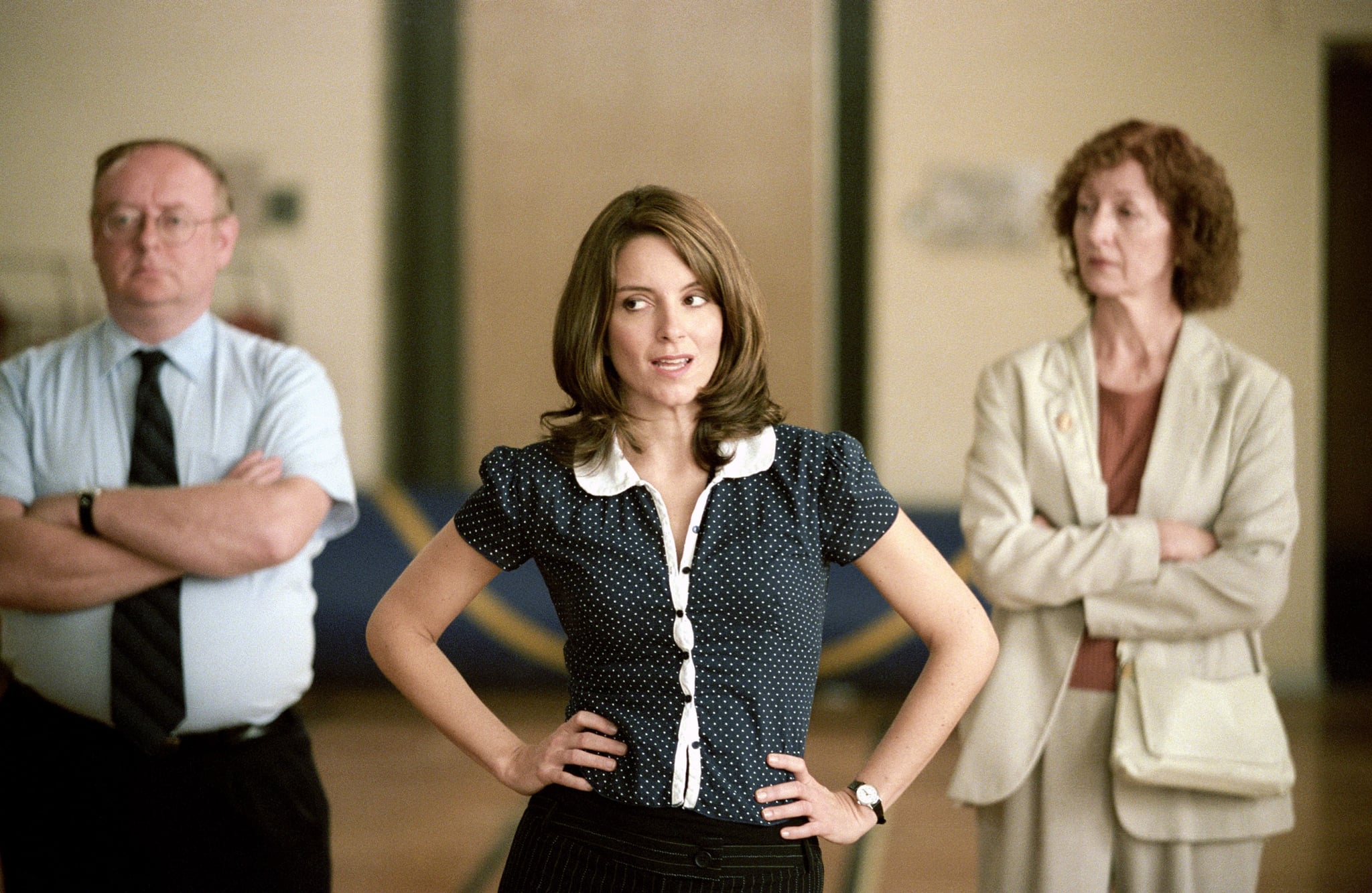Indeed I wonder whether Fey was unconsciously pulling on Amy Heckerling's creation when trying to formulate a plot. The film is based on a self-help book for parents, so there wasn't a story there to adapt. Like a lot of self-help books the pearls of wisdom aren't particularly original or profound (be true to yourself, don't be mean). The value for Fey came in the case studies used within it, which she found not only instructive but also very funny. From them, Fey constructs a set-up very similar to the one in Clueless – an outsider (played by Lindsay Lohan) is adopted by her new school's elite. But Fey makes the newbie the manipulative one, and in fact makes everyone mean to some degree, including the arty 'freaks' who are Lohan's true friends. Tensions are resolved in a somewhat deus ex machina way, with Fey as the Maths teacher convening a school-wide therapy session where the girls learn to be less mean. It feels like something out of a self-help guru's manual – and given the provenance of the film, it probably is.
The film is at its best when investigating the toxic notion of social hierarchy, which it suggests is the source of all the bitchiness and bad behaviour. The Plastics are like local celebrities who set trends and set women against each other, all to earn the favour of the 'queen bee' at the top of the pyramid. The most powerful scene, therefore, is when Lohan usurps that position, takes off the plastic crown she was awarded at the school dance, and breaks it up and hands it around. It's a gesture of social levelling – cultural capital spread evenly across the population – so that groups can co-exist in relative harmony with each other. Subcultures are an inevitability, but the tension between them can be drained away by an attitude of mutual respect. The film charts a course from schoolyard dystopia to utopia, with Lohan as the revolutionary catalyst – a Rousseauvian agent of change ending the heartbreak of obsessive emulation.

No comments:
Post a Comment